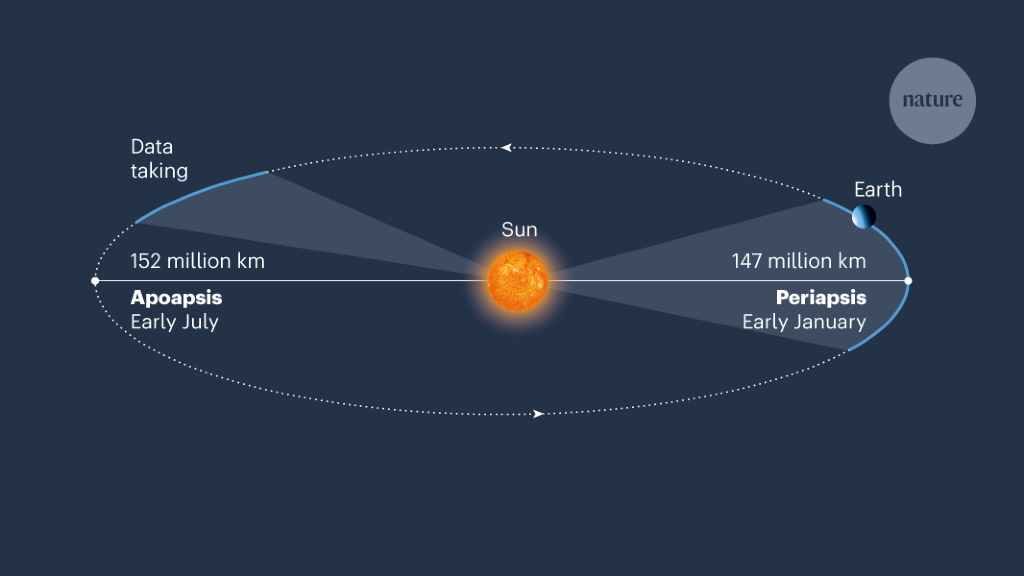NEWS AND VIEWS 05 January 2022
Merging the theory of relativity and the microscopic world of quantum physics into a single framework has yielded some profound insights into the nature of the Universe. Among them is the concept of antiparticles, the elusive twins of ordinary particles such as the electron, the proton and the neutron. But determining the properties of these particle twins is a difficult task, because they don’t mix well — to the extent that, on contact, a particle–antiparticle pair annihilates, leaving only a flash of intense light. However, the theories of relativity and quantum physics also imply that a mirror-like symmetry exists, called CPT invariance, that ensures that a particle and its antiparticle have the same mass, but opposite charge. Writing in Nature, Borchert et al.1 report the most stringent test of this aspect of mirror symmetry performed so far, by studying the motion of single negatively charged hydrogen ions and antiprotons in an apparatus known as a Penning trap. Nature 601, 32-33 (2022) doi: https://doi.org/10.1038/d41586-021-03798-4 1.Borchert, M. J. et al. Nature 601, 53–57 (2022).Article Google Scholar 2.Colladay, D. & Kostelecký, V. A. Phys. Rev. D 58, 116002 (1998).Article Google Scholar 3.Ulmer, S. et al. Nature 524, 196–199 (2015).PubMed Article Google Scholar 4.Smorra, C. et al. Tech. Design Rep. BASE-STEP CERN-SPSC-2021-007, SPSC-TDR-007 (2021).5.Nitzschke, D. et al. Adv. Quant. Tech. 3, 1900133 (2020).Article Google Scholar 6.Kostelecký, V. A. & Li, Z. Phys. Rev. D 104, 044054 (2021).Article Google Scholar Download references The author declares no competing interests.
https://www.nature.com/articles/d41586-021-03798-4
